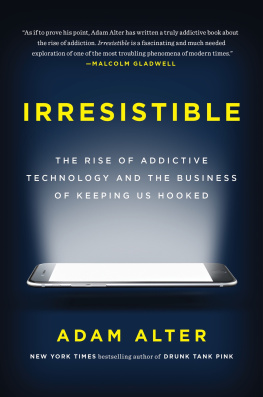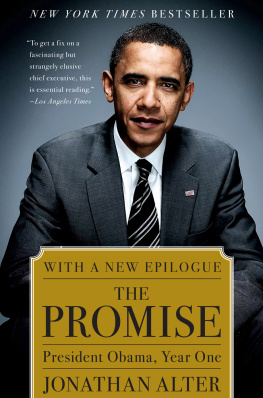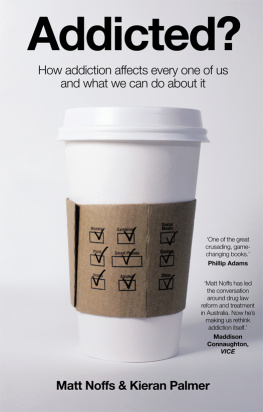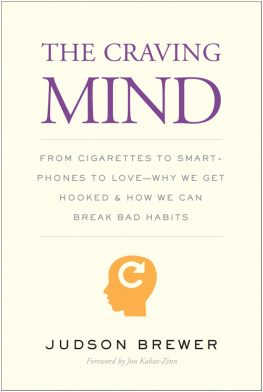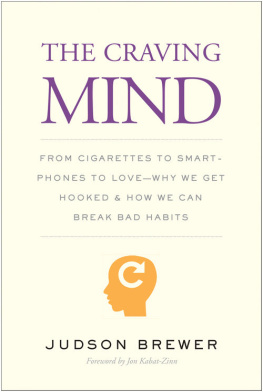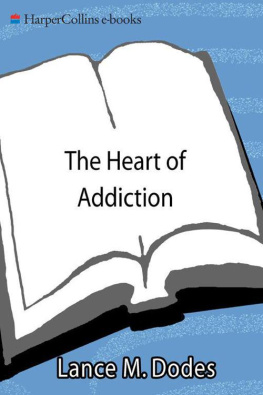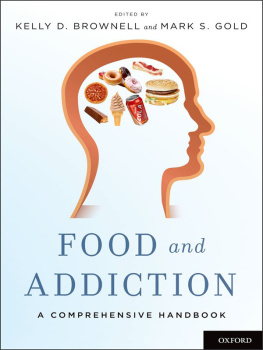Alter - Irresistible: the rise of addictive technology and the business of keeping us hooked
Here you can read online Alter - Irresistible: the rise of addictive technology and the business of keeping us hooked full text of the book (entire story) in english for free. Download pdf and epub, get meaning, cover and reviews about this ebook. City: New York, year: 2017, publisher: Penguin Publishing Group;Penguin Press, genre: Art. Description of the work, (preface) as well as reviews are available. Best literature library LitArk.com created for fans of good reading and offers a wide selection of genres:
Romance novel
Science fiction
Adventure
Detective
Science
History
Home and family
Prose
Art
Politics
Computer
Non-fiction
Religion
Business
Children
Humor
Choose a favorite category and find really read worthwhile books. Enjoy immersion in the world of imagination, feel the emotions of the characters or learn something new for yourself, make an fascinating discovery.
Irresistible: the rise of addictive technology and the business of keeping us hooked: summary, description and annotation
We offer to read an annotation, description, summary or preface (depends on what the author of the book "Irresistible: the rise of addictive technology and the business of keeping us hooked" wrote himself). If you haven't found the necessary information about the book — write in the comments, we will try to find it.
Irresistible: the rise of addictive technology and the business of keeping us hooked — read online for free the complete book (whole text) full work
Below is the text of the book, divided by pages. System saving the place of the last page read, allows you to conveniently read the book "Irresistible: the rise of addictive technology and the business of keeping us hooked" online for free, without having to search again every time where you left off. Put a bookmark, and you can go to the page where you finished reading at any time.
Font size:
Interval:
Bookmark:

Drunk Tank Pink
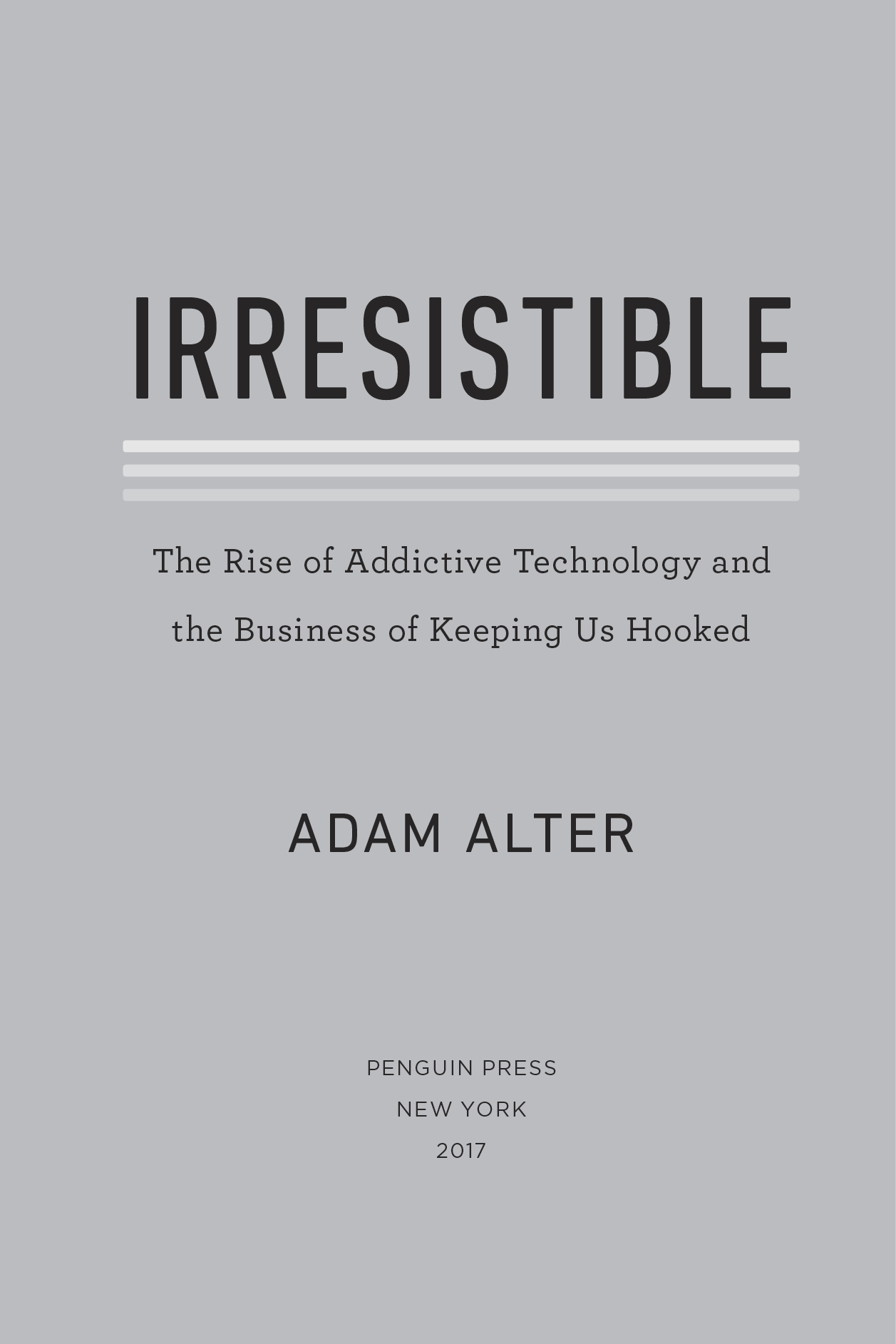
PENGUIN PRESS
An imprint of Penguin Random House LLC
375 Hudson Street
New York, New York 10014
penguin.com
Copyright 2017 by Adam Alter
Penguin supports copyright. Copyright fuels creativity, encourages diverse voices, promotes free speech, and creates a vibrant culture. Thank you for buying an authorized edition of this book and for complying with copyright laws by not reproducing, scanning, or distributing any part of it in any form without permission. You are supporting writers and allowing Penguin to continue to publish books for every reader.
Library of Congress Cataloging-in-Publication Data
Names: Alter, Adam L., 1980- author.
Title: Irresistible : the rise of addictive technology and the business of keeping us hooked / Adam Alter.
Description: New York : Penguin Press, 2017.
Identifiers: LCCN 2016043481 (print) | LCCN 2016059209 (ebook) | ISBN 9781594206641 (hardback) | ISBN 9780698402638 (ebook) | ISBN 9780735223868 (international export)
Subjects: LCSH: Digital mediaSocial aspects. | Digital mediaPsychological aspects. | Psychology, Applied. | BISAC: SOCIAL SCIENCE / Media Studies. | PSYCHOLOGY / Psychopathology / Addiction. | COMPUTERS / Web / Social Networking.
Classification: LCC HM851 .A437 2017 (print) | LCC HM851 (ebook) | DDC 302.23/1dc23
LC record available at https://lccn.loc.gov/2016043481
Graphs and charts by the author.
Credits for images
: Courtesy of Ben Grosser, bengrosser.com/projects/facebook-demetricator/.
Version_1
For Sara and Sam

A t an Apple event in January 2010, Steve Jobs unveiled the iPad:
What this device does is extraordinary... It offers the best way to browse the web; way better than a laptop and way better than a smartphone... Its an incredible experience... Its phenomenal for mail; its a dream to type on.
For ninety minutes, Jobs explained why the iPad was the best way to look at photos, listen to music, take classes on iTunes U, browse Facebook, play games, and navigate thousands of apps. He believed everyone should own an iPad.
But he refused to let his kids use the device.
I n late 2010, Jobs told New York Times journalist Nick Bilton that his children had never used the iPad. We limit how much technology our kids use in the home. Bilton discovered that other tech giants imposed similar restrictions. Chris Anderson, the former editor of Wired, enforced strict time limits on every device in his home, because we have seen the dangers of technology firsthand. His five children were never allowed to use screens in their bedrooms. Evan Williams, a founder of Blogger, Twitter, and Medium, bought hundreds of books for his two young sons, but refused to give them an iPad. And Lesley Gold, the founder of an analytics company, imposed a strict no-screen-time-during-the-week rule on her kids. She softened her stance only when they needed computers for schoolwork. Walter Isaacson, who ate dinner with the Jobs family while researching his biography of Steve Jobs, told Bilton that, No one ever pulled out an iPad or computer. The kids did not seem addicted at all to devices. It seemed as if the people producing tech products were following the cardinal rule of drug dealing: never get high on your own supply.
This is unsettling. Why are the worlds greatest public technocrats also its greatest private technophobes? Can you imagine the outcry if religious leaders refused to let their children practice religion? Many experts both within and beyond the world of tech have shared similar perspectives with me. Several video game designers told me they avoided the notoriously addictive game World of Warcraft; an exercise addiction psychologist called fitness watches dangerousthe dumbest things in the worldand swore shed never buy one; and the founder of an Internet addiction clinic told me she avoids gadgets newer than three years old. She has never used her phones ringer, and deliberately misplaces her phone so she isnt tempted to check her email. (I spent two months trying to reach her by email, and succeeded only when she happened to pick up her office landline.) Her favorite computer game is Myst, released in 1993 when computers were still too clunky to handle video graphics. The only reason she was willing to play Myst, she told me, was because her computer froze every half hour and took forever to reboot.
Greg Hochmuth, one of Instagrams founding engineers, realized he was building an engine for addiction. Theres always another hashtag to click on, Hochmuth said. Then it takes on its own life, like an organism, and people can become obsessive. Instagram, like so many other social media platforms, is bottomless. Facebook has an endless feed; Netflix automatically moves on to the next episode in a series; Tinder encourages users to keep swiping in search of a better option. Users benefit from these apps and websites, but also struggle to use them in moderation. According to Tristan Harris, a design ethicist, the problem isnt that people lack willpower; its that there are a thousand people on the other side of the screen whose job it is to break down the self-regulation you have.
T hese tech experts have good reason to be concerned. Working at the far edge of possibility, they discovered two things. First, that our understanding of addiction is too narrow. We tend to think of addiction as something inherent in certain peoplethose we label as addicts. Heroin addicts in vacant row houses. Chain-smoking nicotine addicts. Pill-popping prescription-drug addicts. The label implies that theyre different from the rest of humanity. They may rise above their addictions one day, but for now they belong to their own category. In truth, addiction is produced largely by environment and circumstance. Steve Jobs knew this. He kept the iPad from his kids because, for all the advantages that made them unlikely substance addicts, he knew they were susceptible to the iPads charms. These entrepreneurs recognize that the tools they promoteengineered to be irresistiblewill ensnare users indiscriminately. There isnt a bright line between addicts and the rest of us. Were all one product or experience away from developing our own addictions.
Biltons tech experts also discovered that the environment and circumstance of the digital age are far more conducive to addiction than anything humans have experienced in our history. In the 1960s, we swam through waters with only a few hooks: cigarettes, alcohol, and drugs that were expensive and generally inaccessible. In the 2010s, those same waters are littered with hooks. Theres the Facebook hook. The Instagram hook. The porn hook. The email hook. The online shopping hook. And so on. The list is longfar longer than its ever been in human history, and were only just learning the power of these hooks.
Biltons experts were vigilant because they knew they were designing irresistible technologies. Compared to the clunky tech of the 1990s and early 2000s, modern tech is efficient and addictive. Hundreds of millions of people share their lives in real time through Instagram posts, and just as quickly those lives are evaluated in the form of comments and likes. Songs that once took an hour to download now arrive in seconds, and the lag that dissuaded people from downloading in the first place has evaporated. Tech offers convenience, speed, and automation, but it also brings large costs. Human behavior is driven in part by a succession of reflexive cost-benefit calculations that determine whether an act will be performed once, twice, a hundred times, or not at all. When the benefits overwhelm the costs, its hard not to perform the act over and over again, particularly when it strikes just the right neurological notes.
Font size:
Interval:
Bookmark:
Similar books «Irresistible: the rise of addictive technology and the business of keeping us hooked»
Look at similar books to Irresistible: the rise of addictive technology and the business of keeping us hooked. We have selected literature similar in name and meaning in the hope of providing readers with more options to find new, interesting, not yet read works.
Discussion, reviews of the book Irresistible: the rise of addictive technology and the business of keeping us hooked and just readers' own opinions. Leave your comments, write what you think about the work, its meaning or the main characters. Specify what exactly you liked and what you didn't like, and why you think so.

